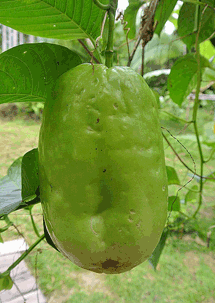
Tengeru lies in the North, on the road that leads to Arusha à Moshi. This road runs along Mount Meru, which overlooks Arusha and ends at the foot of Kilimanjaro, which dominates Moshi.
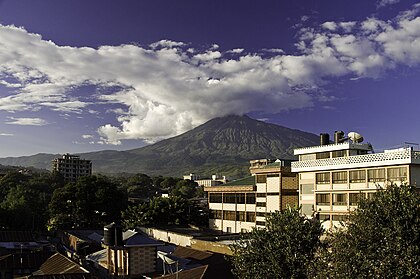
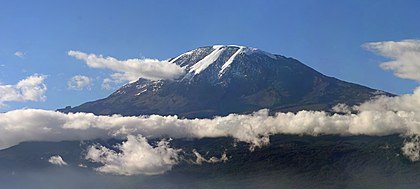
Arusha and the Mount Meru
All photos on this page are from WikiCommons
It is a rather rich region, quite developed thanks to his agriculture first, with coffee produced in large quantity. The region being in altitude it is the variety Arabica that is cultivated. In the 70s the price of coffee was such that the farmers between the two mountains have at their own cost, paved the road that goes north between the two cities.
The other reason for the wealth of these cities is the tourism. In Moshi for the departure to Kilimanjaro, so popular that must be reserved in advance. And Arusha is the departure to many parks: the Ngorongoro crater, the Serengeti park, the Lake Manyara and its thousands of birds, or less famous parks like the Tarangire park. Going down to Babati you can visit rocks with drawings of ancient peoples, similar drawings to those found in Namibia or Botswana.
But for us Tengeru represents the place where two agricultural research centres can be found. The one that interests us is the fruit tree centre, the Tanzanian Agriculture Research Institute or TARI. Several of these institutes exist across the country, such as Ilonga, five kilometres of Kilosa, which cares for oil palm trees and sunflower.
We left relatively late from Kilosa, towards Dumila. It is the crossroad located on the road that goes from Morogoro to Dodoma, at about mid-distance between the two towns. If Dar es Salaam is the economic capital of the Tanzania, Dodoma is the administrative capital. It is a quiet, pleasant city with many sites intended to housing the offices of the Ministries and other state centres. We could take a bus to Dumila that drove us to the edge of the town. From there a motorcycle taxi, the driver and his two passengers, to the Northen area where buses are leaving for Arusha. As evening was falling, we spent the night near the bus station and left early in the morning. It was a company that I knew well, which had always given me satisfaction. And which had announced six hours drive to Arusha, we thus were there about 1 PM.
On the way Kimsi was again able to see the different soils in Tanzania, and again admit how much soils of our region were rich. Large portions of the route were uninhabited, low-lying tree forests extending over hills with a sandy soil, obviously poor in nutrients. After crossing the hills we arrived in an area inhabited by a people who cultivated the land and raised herds of cows. Each plot was tilled with ploughs, but each plot had to be fertilized with manure. The plots where maize was cultivated were low in seedlings, the soil poverty not allowing for higher density.
Once in Arusha, restored, we went in Tengeru.
The center gives the impression of being deserted, but just because the offices are far from the reception. We were taken to the greenhouses and there looked at the plants we wanted:
![]() Giant passion fruit, or barbados,
fruit size holding in both palms of the hand when joined
Giant passion fruit, or barbados,
fruit size holding in both palms of the hand when joined
![]() Avocado of the variety Hasse, with a
thick and resistant skin which allows easy transport
Avocado of the variety Hasse, with a
thick and resistant skin which allows easy transport
![]() Plum trees
Plum trees
![]() Lychees that are supposed to produce
after three years
Lychees that are supposed to produce
after three years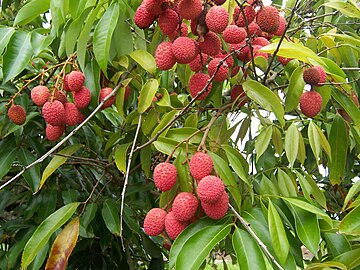
![]() Jack fruit trees
Jack fruit trees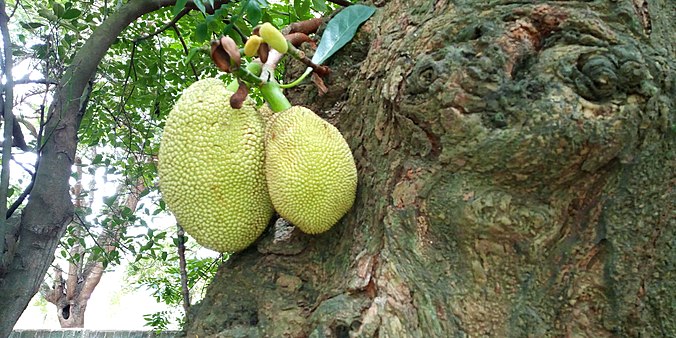
![]() Sop tree
Sop tree
![]() Apples mammey (Mammea americana)
Apples mammey (Mammea americana)
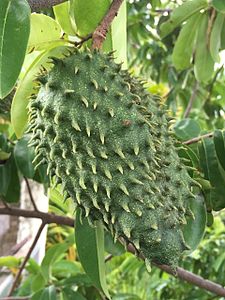
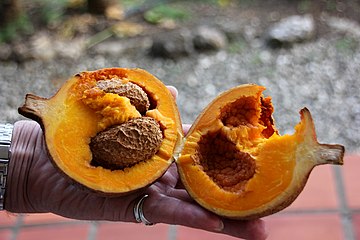
Sop fruit et apple mammey
All this in two or three copies, except four for avocado, passion fruit, and plum. We added oregano and bay leaf sauce, for fun. To our great disappointment We found neither peach nor pear. The only existing varieties that I found so far three years ago in Njombe (South-East) are small-fruited varieties, hard to crunch and not very juicy.
Return by motorcycle to the highway, the plants loaded onto another motorcycle. In this country the phone numbers are easily exchanged and we were able to contact the driver who came with one of his colleagues.
We were back in Arusha around 4:00 which allowed us to visit the city, the old buildings, and the craft market. The latter is run by many Masai and contains the usual carved elephants, giraffes and others, as well as the Masai jewelry or earrings imported from Korea. Compared to the eighties, quality has fallen sharply, and rare sculptures original of the time were copied quickly and commercially, sometimes to the point of nausea.
In the evening we looked for a bus for Dodoma, but the one we saw, that went as far as Morogoro and could drop us directly to Dumila, was full. The morning found us in another car, a company that took two hours and half more than expected. At three o'clock in Dodoma, we have found only a small bus to Gairo, halfway, even smaller that did not go to Dumila but left us in a small village in a pouring rain. Finally another until Dumila, after a heavy rain on the way. In short we spent the night and arrived around eleven in Kilosa. And so in the evening in Chabima.
Four and a half days of continuous travel! But it was worth it.